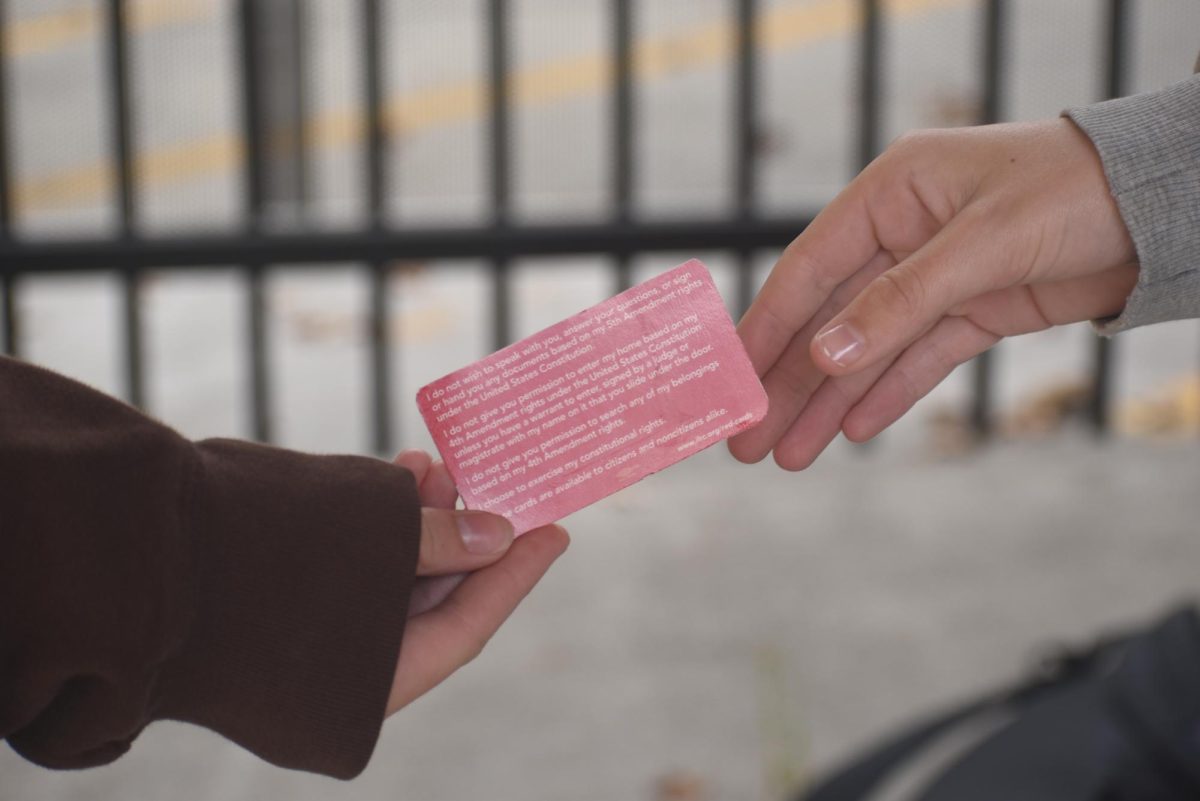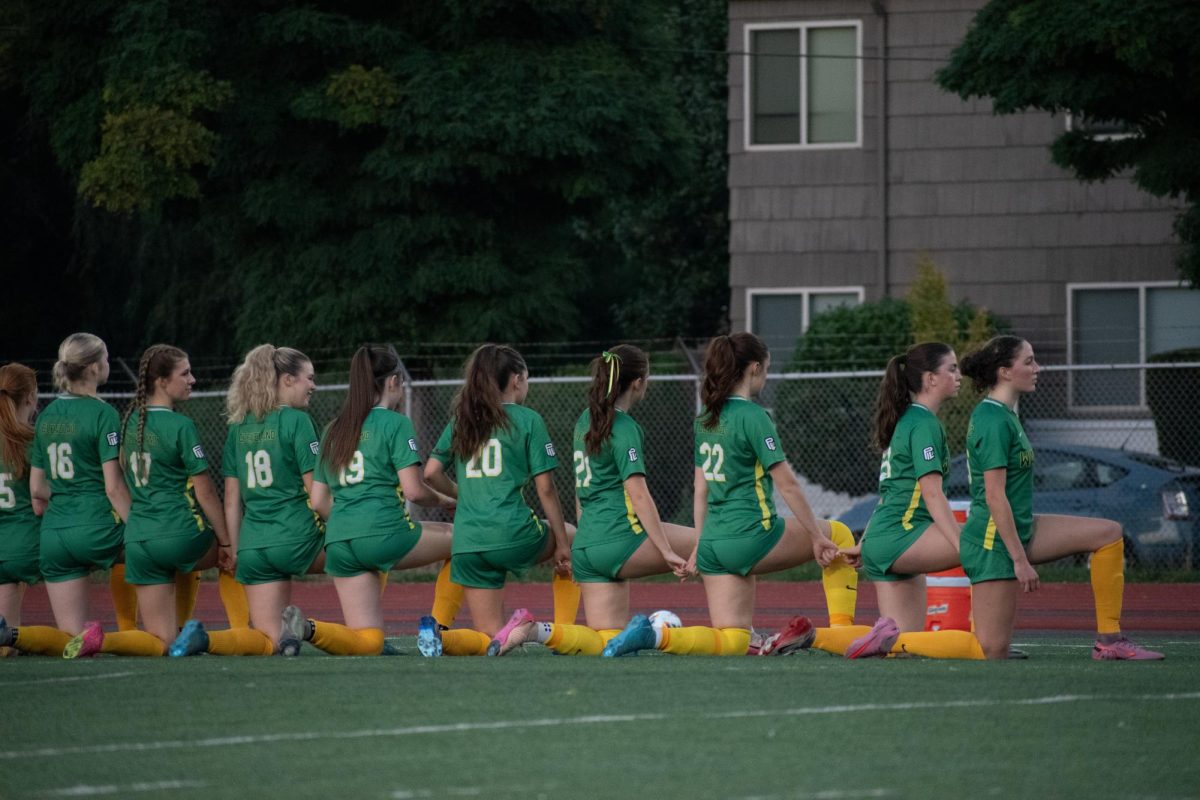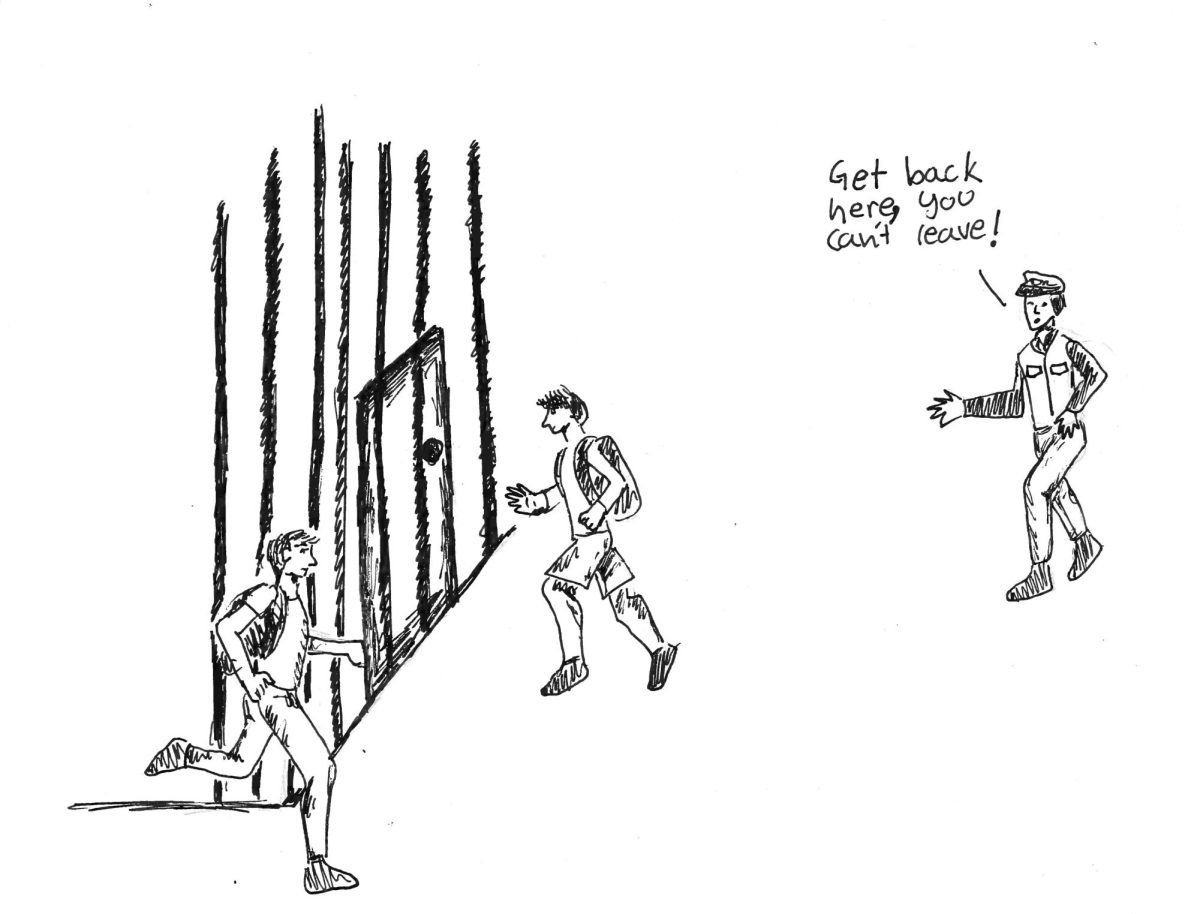U.S. Students Fall Behind International Assessment
March 4, 2020
In the few weeks since Dec. 3, US news outlets were reporting dire news over the future of our students. The reason? An international test showed that US students scores were plateauing and the economic class gap in scores had widened.
A little over a year ago, students around the world were given a test called the Programme for International Student Assessment, or PISA, administered by the Organization for Economic Cooperation and Development. The assessment measured reading, math, and science, which the OECD determined were subjects critical to economic growth and career access. The results from this 2018 test came out on Dec. 3, and the US was greatly disappointed.
At first glance, the US’s scores don’t look like something to worry about. They’re slightly below the OECD average in math, but above it in reading and science. The top scores have improved by 4 percentage points since the last test. However, the total scores have been the same for years, suggesting that the gap between low and high scorers is widening. This is a significant issue ― students may be more likely to lose hope and not get necessary help while the bar gets set ever higher and students are pressured to study more and more.
This gap can also be related to income ― 27% of socioeconomically advantaged students had top scores for reading, while only 4% of socioeconomically disadvantaged students did. This socioeconomic difference was very similar to the OECD average, but that doesn’t mean that it should be acceptable.
For the school environment questionnaire portion of the assessment, American school environments were a mixed bag, and often varied significantly from other ones around the world. Students reported more competition and less cooperation than the OECD average, and students were 8 percentage points more likely to feel lonely at school. However, 9 percentage points more students reported that their teachers seemed enthusiastic about their jobs, which can significantly improve how well students learn. 68% of students hold a growth mindset.
Out of every country given the PISA test, the US was the only one where students that felt that they fit in in their schools scored lower on their tests than students who felt that they didn’t. Despite any low scores, students who felt that they fit in also had ambitious expectations and goals for college and career prospects.
There has been controversy on the validity of this test. According to some, including academic Yong Zhao, PISA presents itself as an alternative to monolithic standardized tests and a measure of how prepared students are to take on life, when it clearly is measuring a flat, quantifiable version of their reading, writing, and math skills. And as a worldwide test, “preparation for life” varies vastly between societies and nations. There is no way to cleanly compress those thousands of ideas into a test. And as PISA mainly serves its OECD member countries, who are predominantly wealthy and western (though many other partner countries use PISA as a benchmark), they may just keep upholding a flat, white way of teaching and measuring growth.
PISA can’t be interpreted to measure the quality of all education. It takes education to mean only the subjects that capitalism deems helpful to career opportunities and economic growth, and only that that can be easily quantified in a test. It entirely excludes humanities, arts, music, physical sciences, history, and world languages. PISA measures some academic success, but it is a fairly narrow chunk. It does not provide a look at all quality of education.
Now, when it comes to the objective problems with the American education industry, a large concern about the American education system is that our schools are entirely outdated. According to Arthur Levine of the Woodrow Wilson National Fellowship Foundation, they prioritize punishment and discipline as the answers to misbehaving or low-scoring children, are arguably run in a factory-like way, and are generally served as a one-size-fits-all method, when they don’t work for many children. Many classes don’t teach greater understanding of a subject, they just teach how to take tests on it. Fortunately, this pressure for conformity has been going away, although it often just depends on the attitude of the teacher and their views on this standardization.
While we want education quality to be much more evenly distributed across schools and across the country, we want the system to also pay more attention to each student’s needs and learning styles. This does not just mean offering ways to cope with the immense stress school can place on students, it means finding ways to eliminate it.
More spending does not necessarily mean higher performance or a better system. The United States spends 35% more on elementary and secondary education per student than the OECD average according to the National Center for Education Statistics, but our scores are evidently not significantly higher. We still do see many cases where teachers are overworked and underpaid, and budget cuts have ravaged many an art department, so having more funding would clearly help, but it would most likely help in the classes that OECD does not test. Like other countries, we have problems allocating resources to students and programs who actually need them.
The United States has made attempts to improve education. An example of this is Common Core, started in 2009, which are a set of standards for curricula and state tests. These can be much more challenging than what students took previously, depending on state standards, which can be a very good thing for some students and a very hard thing for others. Again, though, it is standardized, and difficult to mold to an individual’s needs.The International Baccalaureate program can relate to this dilemma in several ways. It may be the example of quality education that America needs ― IB encourages intercultural understanding and curricula independent of national standards, is much more rigorous and offers the opportunity to earn college credit and get into more difficult colleges. However, it is also an example of the socioeconomic education gap already very present in American education. Students must pay a fee for each IB exam taken, and this can create a classist split between often wealthier IB students and other students with fewer resources.
Class can be a barrier to education in many other ways as well. States determine their education budget and how it is distributed, and this can be very vulnerable to bias. Students in wealthy districts are more likely to get donations to their schools as well, boosting quality. Finally, it’s an easy cop-out for those who can afford it to send their students to private schools en masse rather than support long-term change in the public system.
The PISA test only measures a chunk of education progress, and in a limited way, but clearly, this chunk is not up to par, and the qualitative information given by students shows that the United States should make much more of an effort to make schools welcoming and fun.












